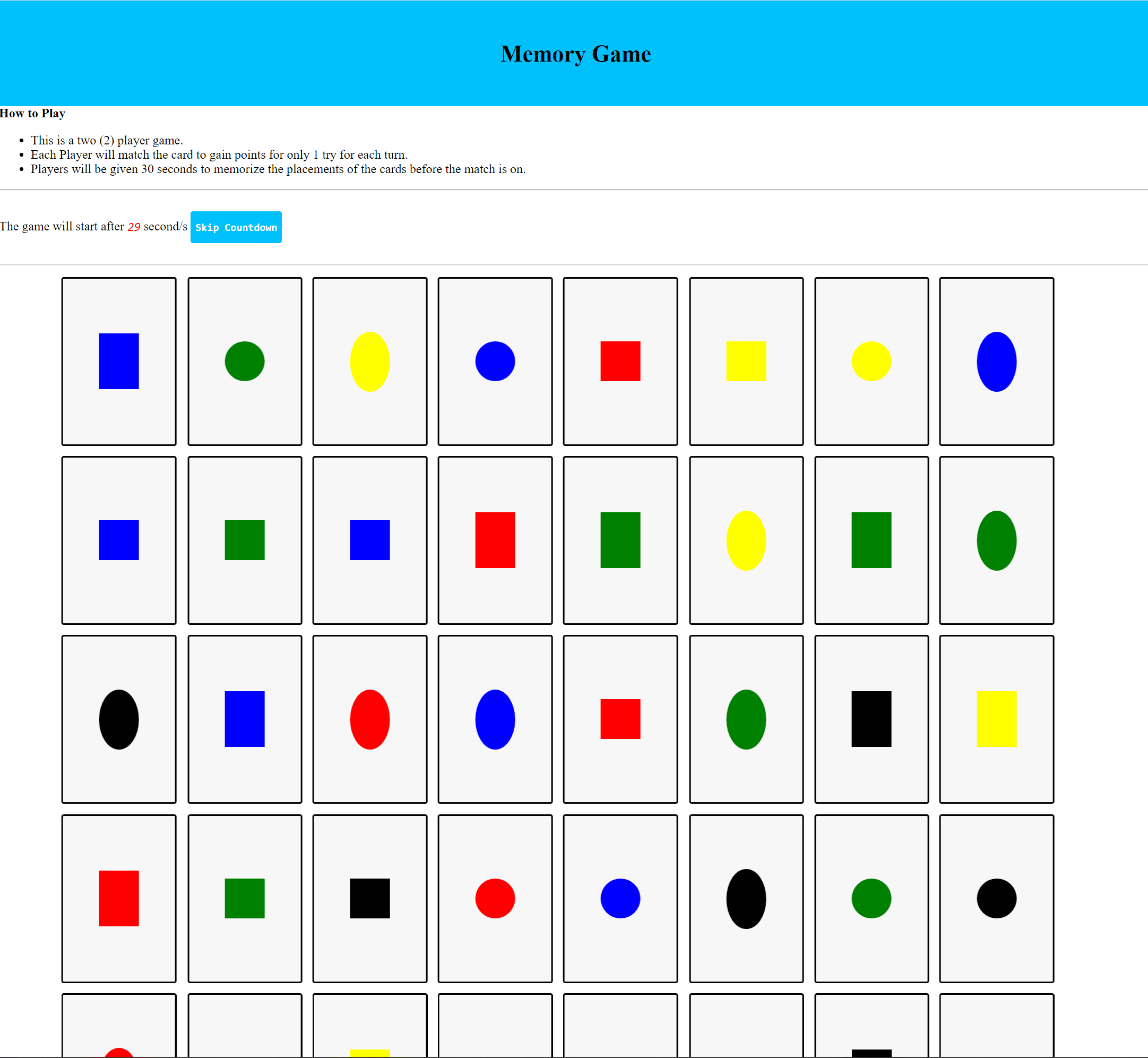

Once static memory is allocated, neither its size can be changed, nor it can be re-used. Memory is allocated while the program starts executing. Let us get some more details about DMA and compare it with SMA – All python objects are stored in a private heap, and this heap is managed in such a way that you have zero control over it. Python uses the Dynamic Memory Allocation (DMA), which is internally managed by the Heap data structure. How is memory allocated to new Objects? We can get the type of a python name by calling type(x) method.ĥ. Similarly, it inherits the ‘type’ information from the object it currently refers to. We have already seen, a python name will start referring to another object once it is updated, or a new value is assigned. Unlike C/C++ or Java, python names neither point to a specific ‘memory location’, nor fix in ‘type’. That is why python is called more memory efficient. Python optimizes memory utilization by allocating the same object reference to a new variable if the object already exists with the same value. So, what happens to ‘y’ if we change the value of ‘x’? will it return the updated value? Absolutely not! If we change the value of ‘x’, the memory manager will search if an object equivalent to the updated value is already present in the heap? If yes, then it starts pointing to it, otherwise, a new object with an updated value is created – You can see, both names ‘x’ and ‘y’ are pointing to the same object. Values are not updated, instead, a new object is pointed: Two names will point to the same object if the id(x) method returns the same value.ģ.A single Python object can have lots of names.We never specify ‘type’ information while creating an object.Python ‘name’ is just a label for an object and used to refer to a value.Python works in a different way and technically, it does not have anything like ‘variables’, instead, it uses ‘names’. If we assign a larger value, overflow may occur. Also, we know that a variable in C/C++ or java will override its content in the same reserved memory block once a new value is assigned to it. Based on the type specified, it reserves some (fixed in size) space in the memory with a default value, and then the value is stored during the assignment. If you are coming from C/C++ or Java, you would be aware that you must declare a variable with its type before we can use it. Python does not have variables, instead, it has ‘ names’: Python allows you to create variables without type information and going forward, you can also assign another object irrespective of the size and type of the new object.ĭid you ever wonder how is this possible and how python handles it internally? Let deep dive into it.Ģ.

‘Dynamically typed’ is the best example to mention here.

How so? Python memory manager has been implemented in a way to support many functionalities and to make our life easier. Python memory management plays a major role to make it much popular and adaptable.
Python free memory code#
Having a good understanding of how chunks of memory are allocated, re-used, and de-allocated for python objects enables you to write more efficient code and solve a lot of issues related to extra memory that your program pulls. You must be thinking, “do I really need to manage the memory in a high-level language like python? The most upvoted answer is ‘No’, you do not have to take care of memory management in python, but yes, you should be aware of how variables and objects are managed internally. Python is a high-level, interpreted, and general-purpose programming language. This article was published as a part of the Data Science Blogathon.


 0 kommentar(er)
0 kommentar(er)
